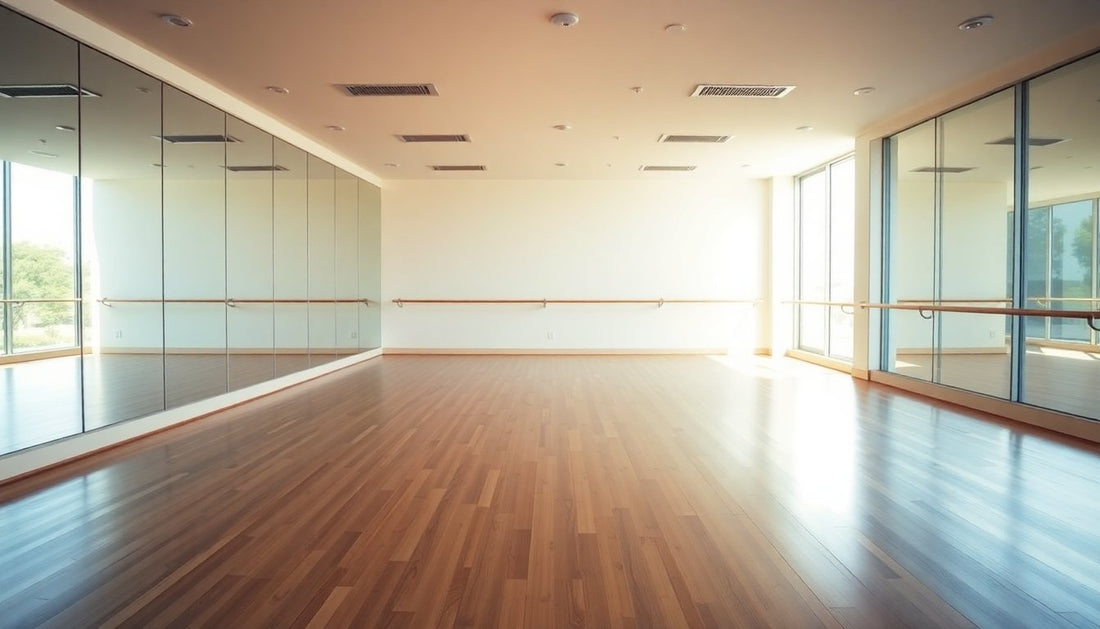The Origins and Philosophies of Pilates and Yoga
Pilates and yoga have distinct origins and philosophical underpinnings. Pilates was developed in the early 20th century by Joseph Pilates, a German physical trainer who believed that the mind and body were intrinsically connected. Pilates' approach focused on developing core strength, improving posture, and enhancing overall body control and coordination.
Yoga, on the other hand, has its roots in ancient Indian spiritual and physical practices that date back thousands of years. The practice of yoga encompasses a wide range of techniques, including physical postures (asanas), breathing exercises (pranayama), and meditation, all of which are aimed at achieving a state of physical, mental, and spiritual well-being.
While both Pilates and yoga emphasize the importance of the mind-body connection, their philosophical approaches differ. Pilates is primarily focused on physical fitness and the development of a strong, balanced, and efficient body, while yoga encompasses a more holistic approach that integrates the physical, mental, and spiritual aspects of the practitioner.
The Differences in Technique and Focus
One of the most significant differences between Pilates and yoga lies in their respective techniques and areas of focus. Pilates emphasizes the use of specialized equipment, such as the Reformer, Cadillac, and Wunda Chair, to provide resistance and support during exercises. These machines are designed to challenge the core muscles and improve overall body control and stability.
In contrast, yoga relies primarily on the practitioner's own body weight and the use of props, such as yoga mats, blocks, and straps, to facilitate the execution of various poses and postures. Yoga also places a greater emphasis on the breath, with practitioners often synchronizing their movements with their breathing patterns.
Another key difference is the focus of each practice. Pilates is primarily concerned with the development of a strong, balanced, and efficient body, with a particular emphasis on the core muscles. Yoga, on the other hand, aims to achieve a state of physical, mental, and spiritual well-being, with a focus on flexibility, balance, and mindfulness.
The Benefits of Pilates and Yoga
Both Pilates and yoga offer a range of benefits for practitioners, but the specific advantages of each practice can vary.
Pilates is known for its ability to improve core strength, posture, and overall body control. Regular Pilates practice can also enhance flexibility, balance, and muscle tone, making it an excellent choice for individuals looking to improve their physical fitness and performance in other sports or activities.
Yoga, on the other hand, is renowned for its ability to reduce stress and anxiety, improve flexibility and balance, and promote overall well-being. The practice of yoga can also help to improve cardiovascular health, increase muscle strength and endurance, and enhance respiratory function.
Choosing Between Pilates and Yoga
When it comes to choosing between Pilates and yoga, there is no one-size-fits-all answer. The decision ultimately depends on the individual's specific goals, preferences, and physical abilities.
For those seeking to improve their physical fitness, build core strength, and enhance overall body control, Pilates may be the better choice. Pilates is particularly well-suited for individuals who are looking to rehabilitate from injuries or improve their performance in sports or other physical activities.
On the other hand, for those who are interested in achieving a state of physical, mental, and spiritual well-being, yoga may be the more suitable option. Yoga's emphasis on mindfulness, breath control, and the integration of the mind and body can be particularly beneficial for individuals who are looking to reduce stress, improve their mental health, and enhance their overall sense of well-being.
Ultimately, the decision to practice Pilates or yoga (or a combination of both) should be based on a careful consideration of one's individual needs, goals, and preferences. By understanding the key differences between these two practices, individuals can make an informed decision and embark on a journey towards improved physical, mental, and spiritual well-being.
Conclusion
Pilates and yoga are both powerful practices that offer a range of benefits for practitioners. While they share some similarities, such as their emphasis on the mind-body connection, they differ in their origins, techniques, and areas of focus. By understanding these differences, individuals can make an informed decision about which practice is best suited to their individual needs and goals.
Whether you choose to practice Pilates, yoga, or a combination of both, the journey towards improved physical, mental, and spiritual well-being can be a transformative and rewarding experience. So, why not explore the world of Pilates and yoga and discover which practice resonates most with you?

